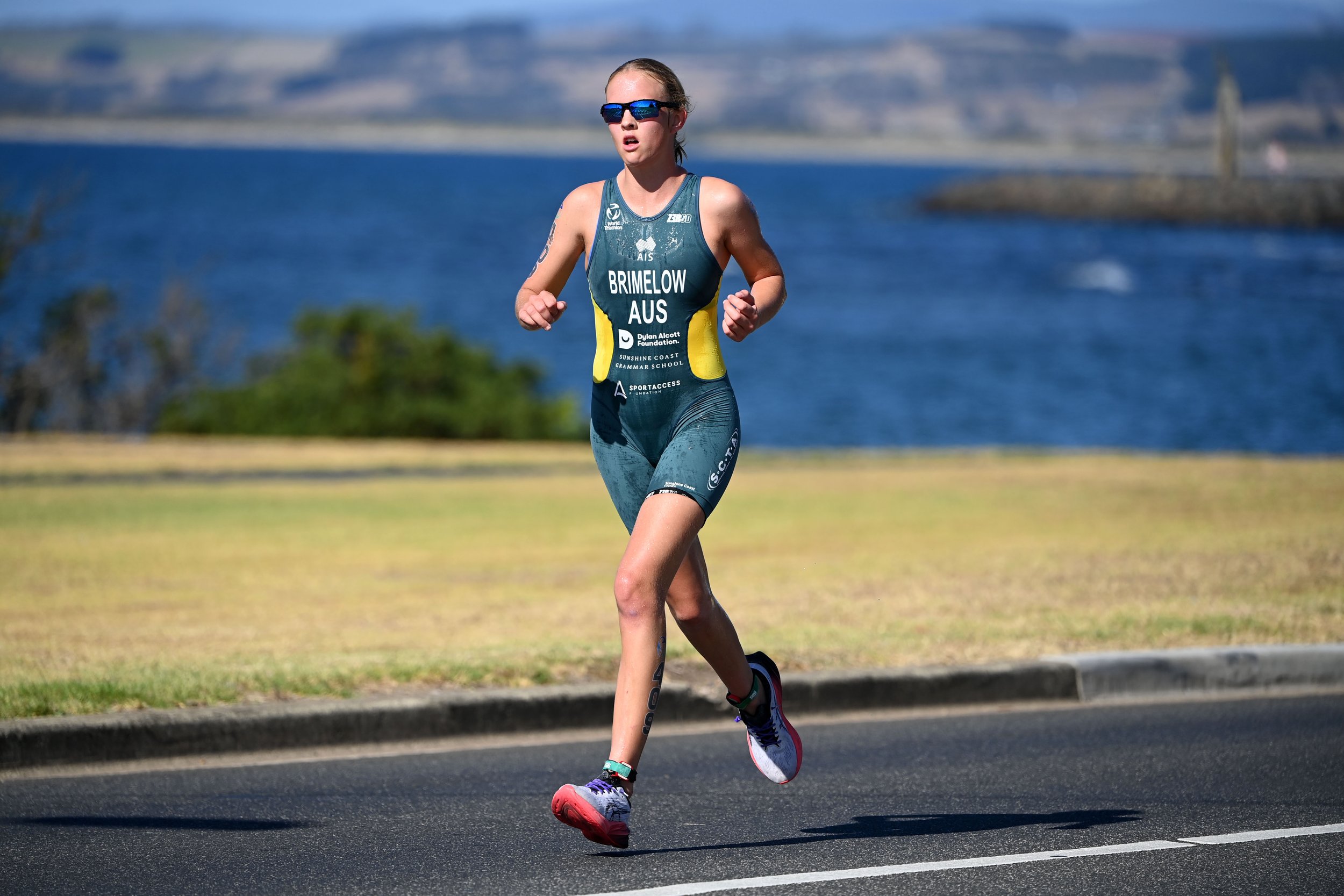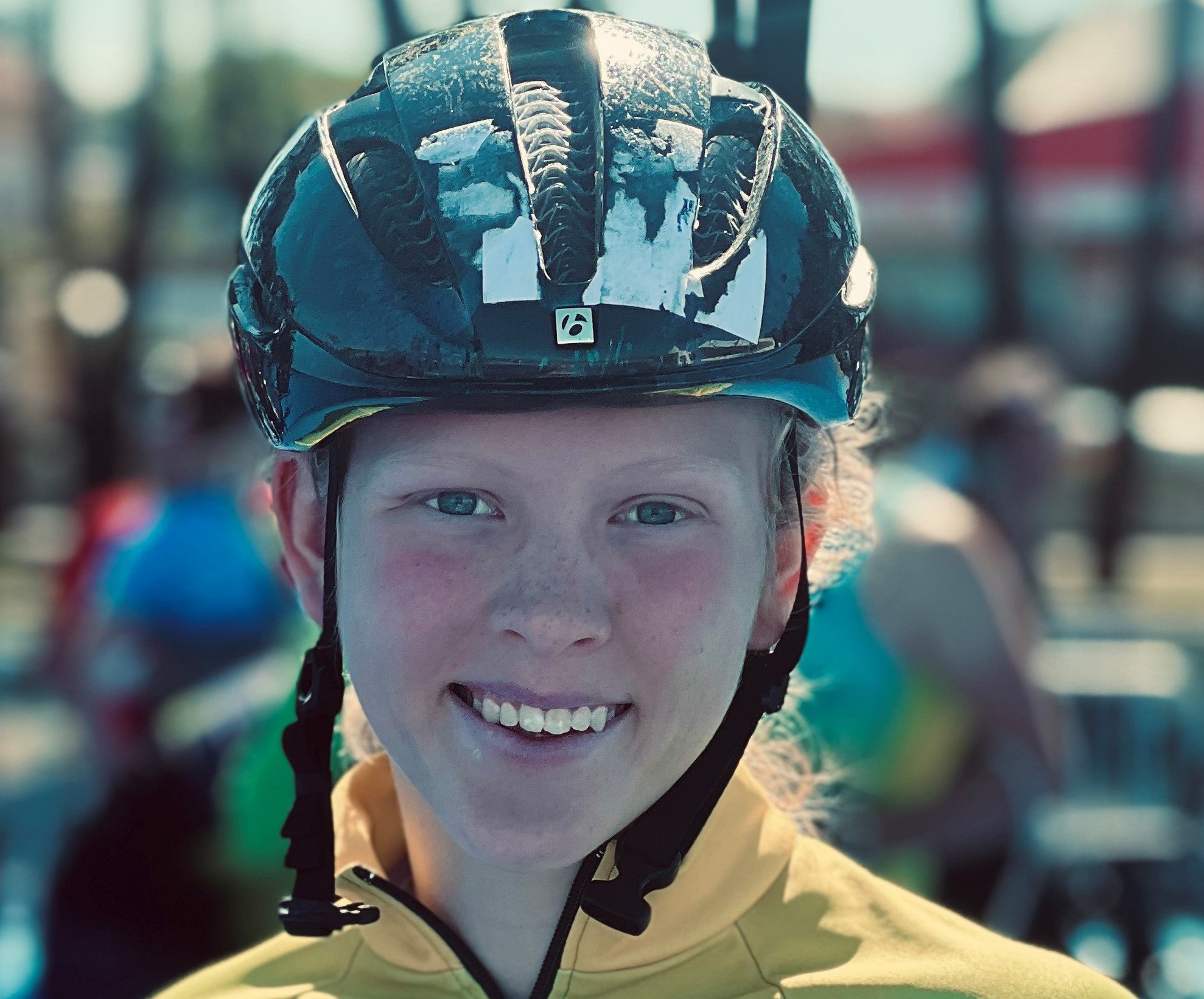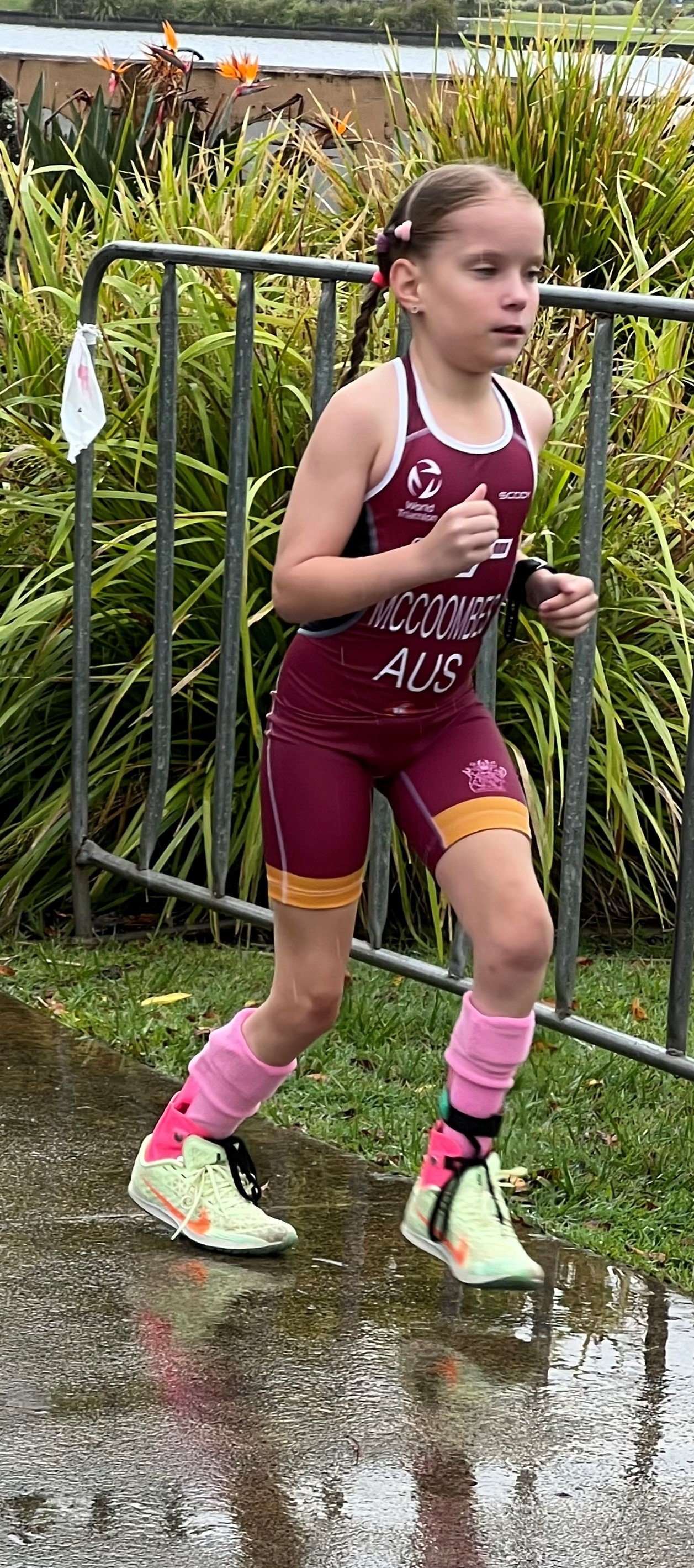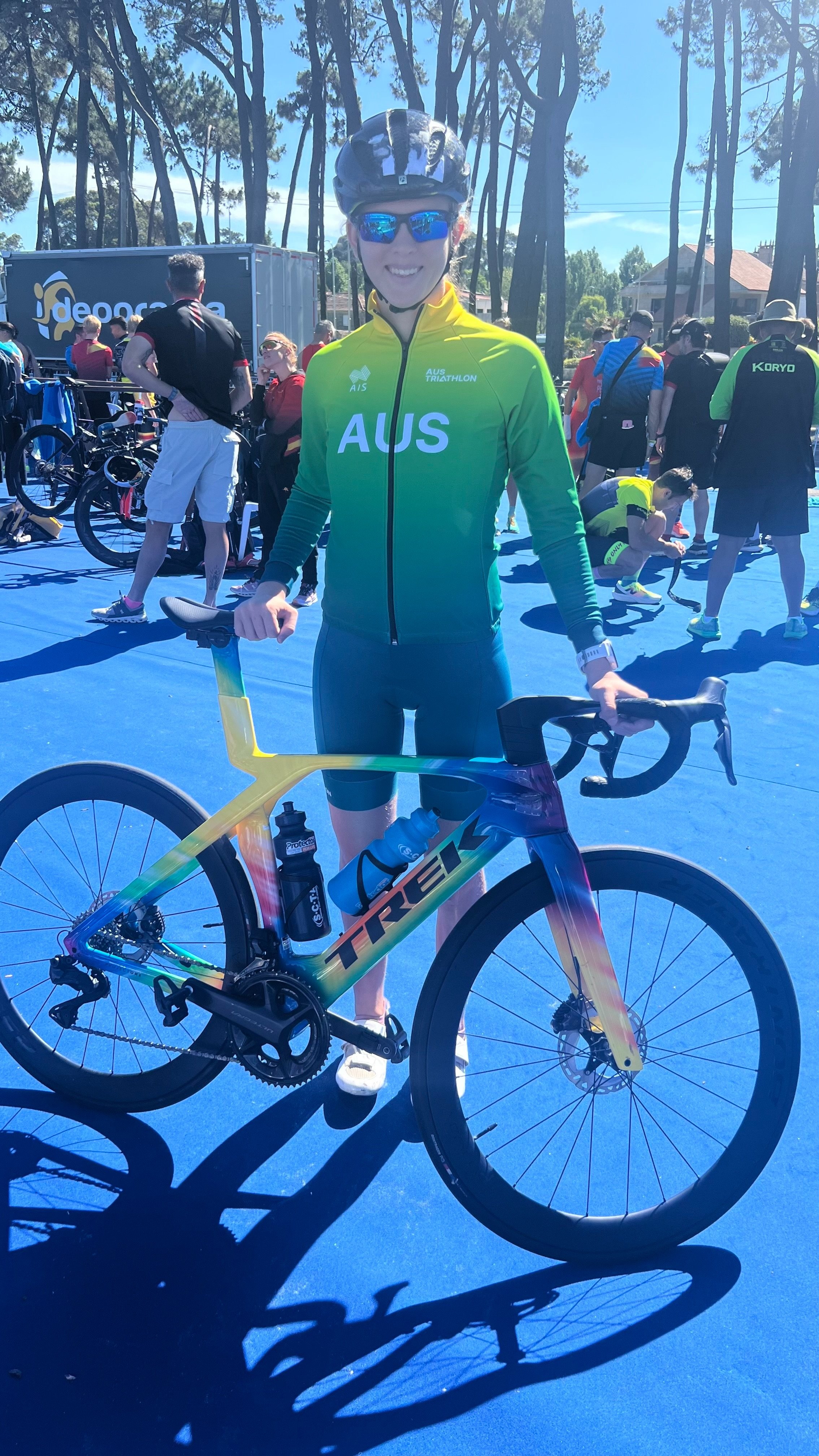Guide to Fair and Meaningful Experiences for Children with Disability
Introduction
At times, children with disability will wish to be included in competitive sport. Indeed, all sport is competitive, as the rules of sport create a contest.
When providing for a child with disability to be included in sport, there is a decision-making framework that assists in ensuring that they are provided an optimal experience. That experience is ideally to involve a fair and meaningful contest, in a way that treats them as comparably as possible to their mainstream peers, whilst respecting their difference and their wishes.
This guide provides details about the framework, that can be used to decide how a child might be included in the contest. Additionally, there are a series of ‘tips’ that will assist in making the experience as good and simple as possible for all.
Classification
There is a formal classification system for some sports. That Classification system is usually governed by the National Sporting Organisation. Athletes will need to be classified in accordance with the rules of the organisation to be included in any ‘multiclass’ or para division or be recognised as having a disability.
It is important to understand that if a child is not classified then, there is no category for them to compete with any fairness. They are left to take part in the mainstream. A child who has a disability and cannot be classified and therefore competes in the mainstream, may find themselves at a disadvantage in the contest. This can be overwhelming and potentially a negative experience in sport.
If a child has a classification, it is important to understand their class in the sport, and what the rules are in relation to that class. For example, there are rules around a vision impaired athlete running with guides and/ or glasses. It is important to know and understand those rules when providing them competitive opportunities.
Adjustments/Multiclass Rules
For sports that have Multiclass or para divisions, there are rules that apply to that sport, and how results are determined.
Swimming and athletics have rules that mean that athletes can take part against one another from different classes. Thy system is similar in each sport, and that is that the athletes compete for a percentage of the World record or mark. The higher the percentage, the better the result.
Some sports such as triathlon, only compete against their specific classes, although they might be combined in certain events, such as a state title.
Some sports will have no way of comparing performances across classes, and therefore only have competitions where the same class or type of disability competes against each other.
It is important to understand what your sport offers for children with disability.
If there are not classes or divisions for people with disability, you may need to try to find a way for the athlete to take part with the mainstream. That can be done with some adjustments made to the rules, t even up the contest. There is nothing to say you cannot change rules to make a sport fair to a child at grassroot level. Indeed, it is potentially the best approach you can take.
Multiclass is not always fair ….
Inclusion/Integration Decision Making
Is the child with disability at a disadvantage in the contest?
If so, make adjustments to the rules to provide a fair and reasonable contest together with the mainstream.
If 2 is not possible, then provide a disability specific option in the same sport, in the same way, or as comparable as possible way, as the mainstream, at the same time; This might mean in the same race and awarded separately.
If 3 is not possible, then provide a separate disability version or category of the sport as comparable to the mainstream as possible.
If 4 is not possible (because of very low numbers and capacity to deliver the sport) then a disability specific sport conducted as a stand-alone could be acceptable, and preferable to no sport being provided.
Tips for Multiclass Inclusion
1. Advertise and promote that you have Multiclass or para opportunities.
2. Provide a place on registration to complete the information about their classification or their disability.
3. Provide Multiclass athletes the option to take part in the mainstream, but to have ‘prizes or recognition’ for being in a Multiclass category.
4. Provide the same events for Multiclass as for mainstream. This is easier if they can take part in the mainstream event and be rewarded as a Multiclass athlete.
5. Promote the rules that will apply to the athletes’ contest. Are you using the international rules? Or some modified version for children?
6. Preferably use a modified version of the international rules, knowing that the participants are children.
7. If you have a separate Multiclass event, athletes of different ages should not compete against one another, unless that is the same as the mainstream. They can take part in the same race, but hey should be medalled separately.
8. If you are having athletes take part across various classifications, then you need to correctly apply the table that compares the classes to one another, such as Baseline in Athletics, and the MCPS tables in swimming.
9. If there is no way of comparing results across classes, then each athlete should medal in their own class.
10. If you are using the tables or points, make sure you have the spreadsheet or calculator ready to go, and working, and have received some direction from the NSO ( National Sporting Organisation) about how to use it.






